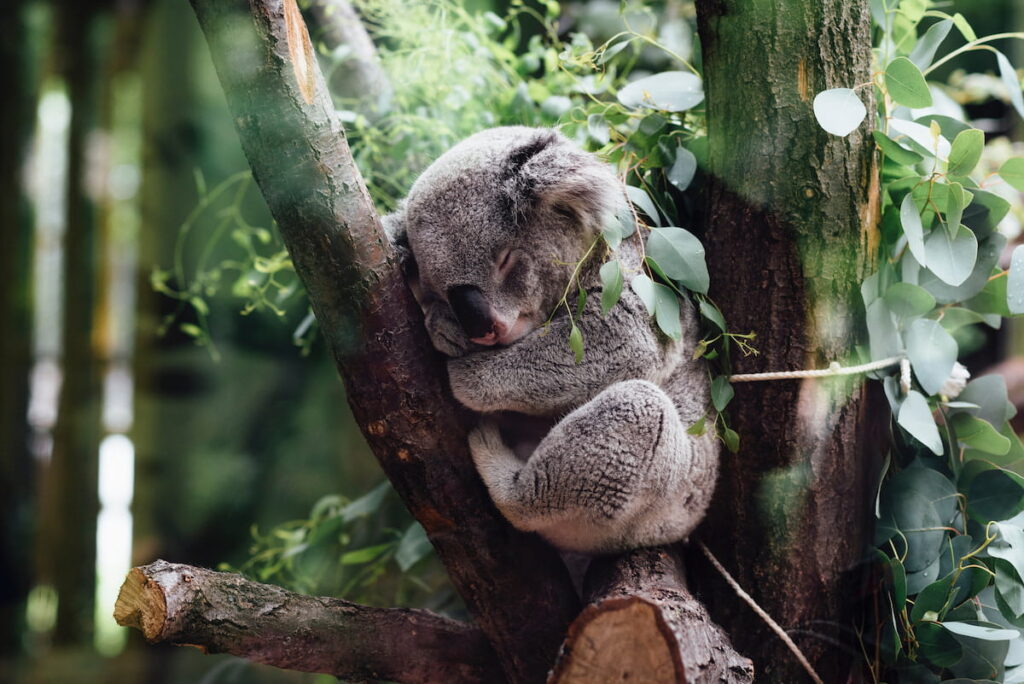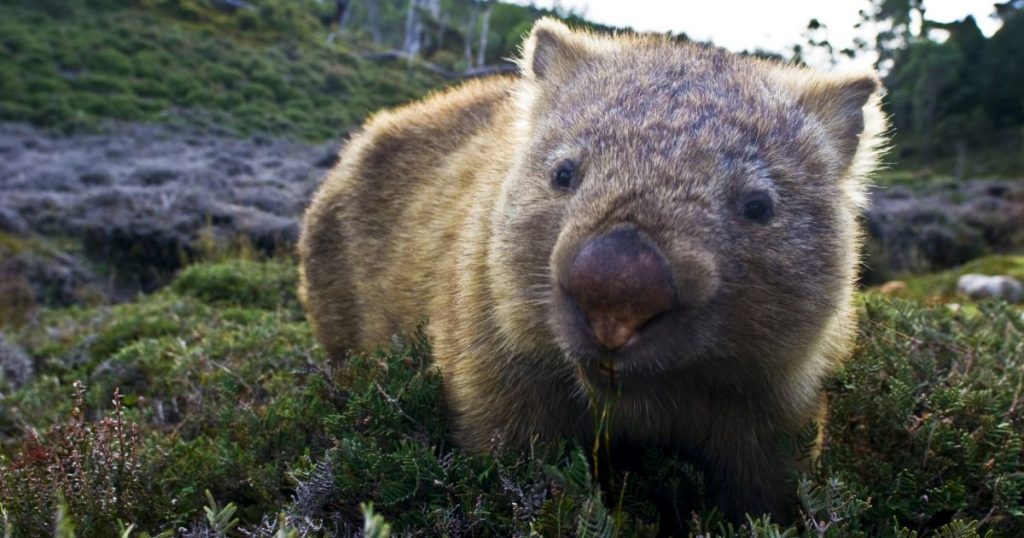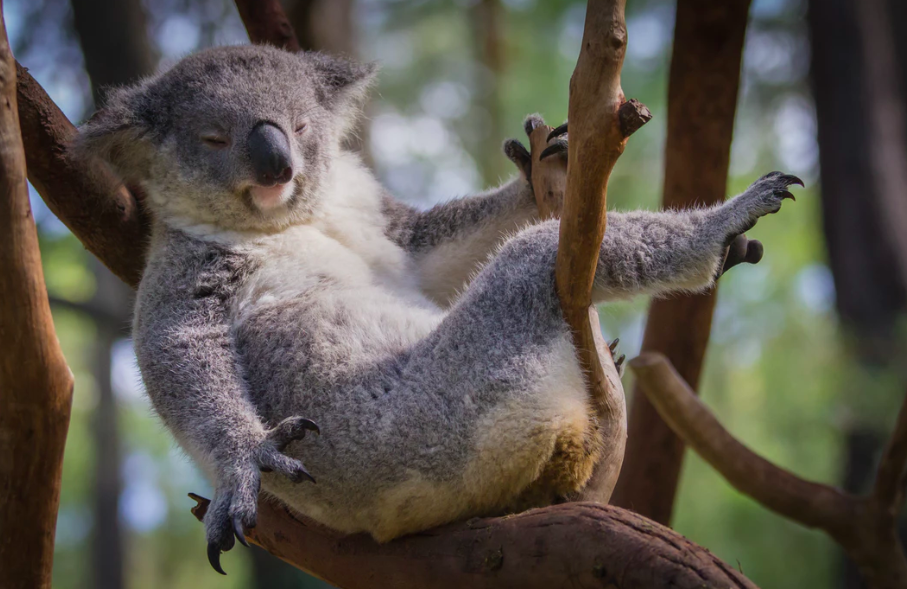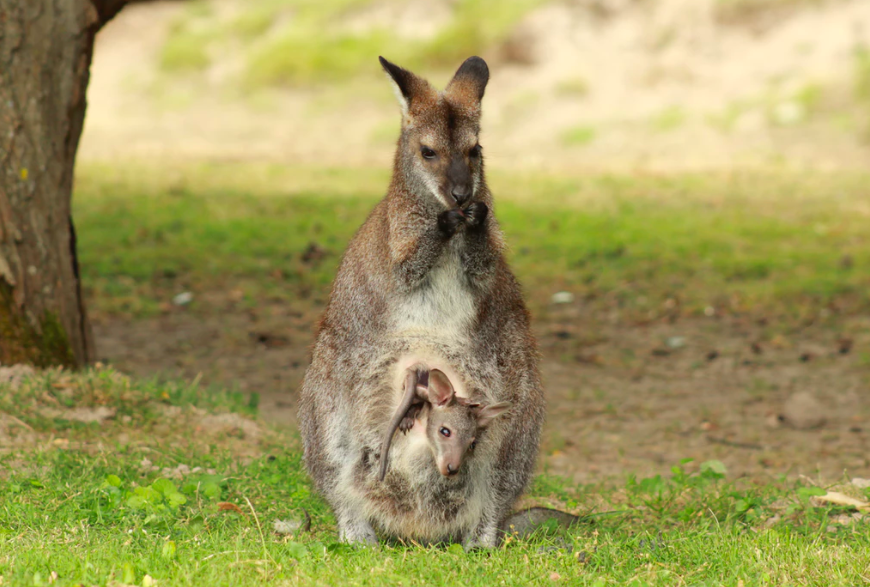Kangaroo Facts
More Kangaroos Facts:
The word “kangaroo” comes from the Guugu Yimithirr word “gangurru” which refers to grey kangaroos in particular. Kangaroos are the largest in the Macropodidae family and are known for their unique method of movement, hopping.
Kangaroos can reach speeds of up to 70km/h over short distances, and up to 40km/h for over 2 kilometres! Their travel method is quick, energy-efficient, and enables them to cover long distances while searching for nourishment.
Diet:
Kangaroos have varying diets based on their species. For example, the red kangaroo eats a large number of shrubs, Eastern grey kangaroo eat a variety of grasses, while smaller species consume fungi.
Kangaroos have developed special teeth due to its habit of grazing. They have incisors that easily crop the grass, while the molars chomp and grind. Their molars move forward as they are ground down, and are eventually replaced by new teeth that grow in the back of their mouths.
Social Behaviour:
A group of kangaroos is called a mob, which generally contains more than 10 kangaroos within it. This can provide protection to the weaker members, and the sizes of the mobs will depend on their geographic region.
Common behaviours of kangaroos are touching noses, sniffing, grooming, and of course, fighting. A kangaroo packs a powerful kick, as it uses its tail as leverage while aiming at the abdomen of its opponent.
Threats to Kangaroos:
While kangaroos are not an endangered species, they do still face many threats that make them vulnerable. The most common threats to Kangaroos are due to human activities, including hunting, and conflict with vehicles. Other threats are environmental changes, climate change, similar to the threats against most wildlife!





